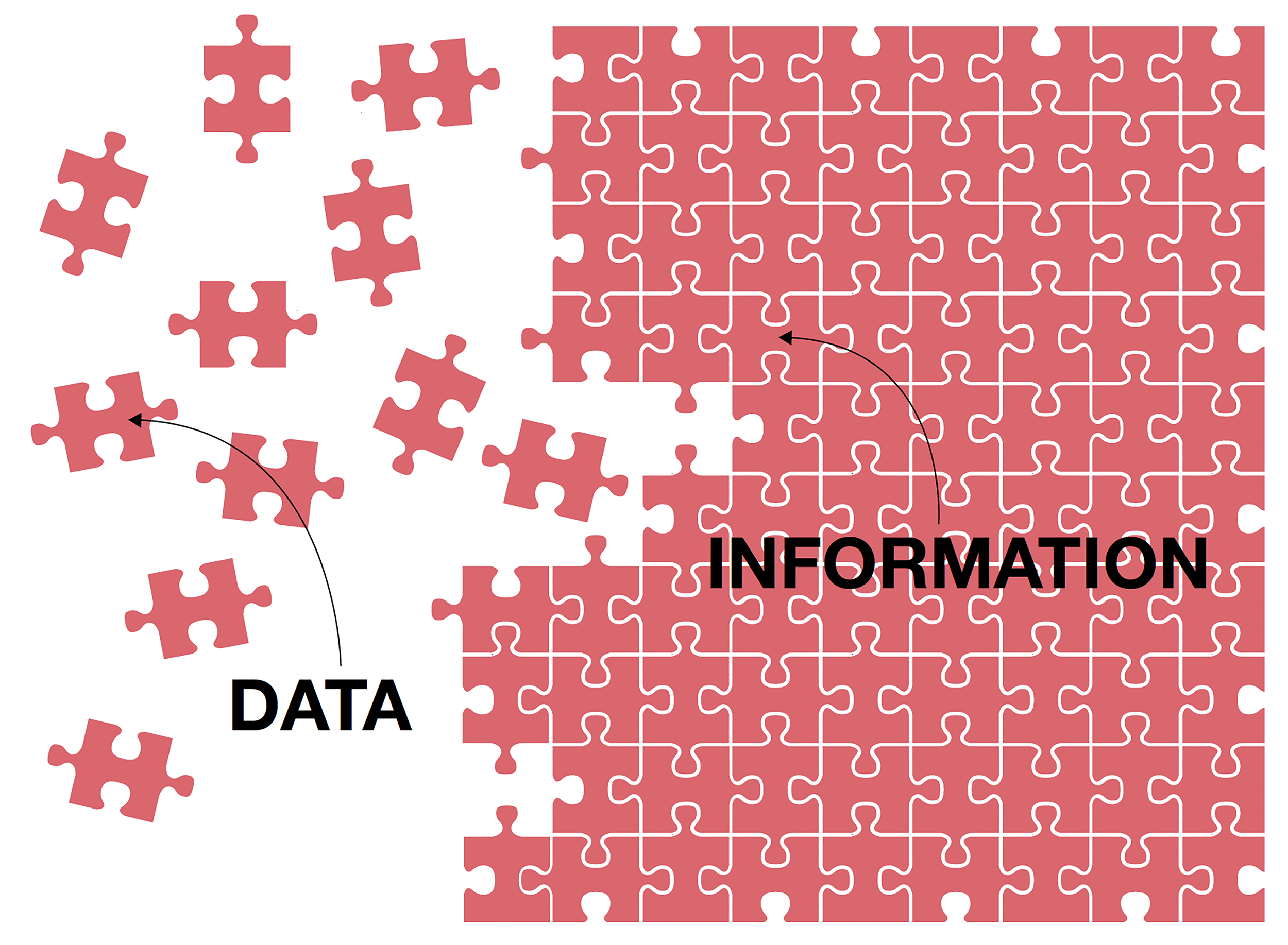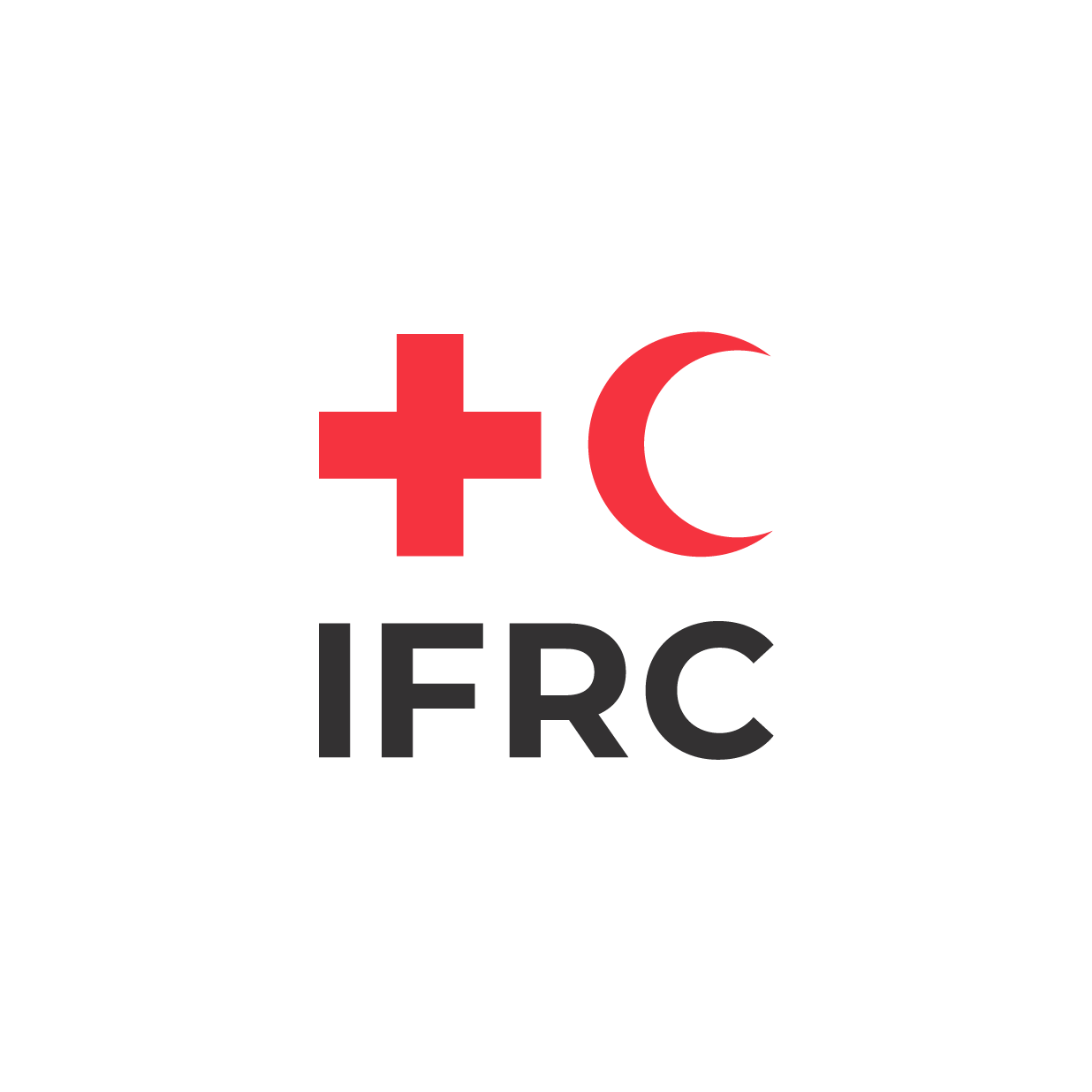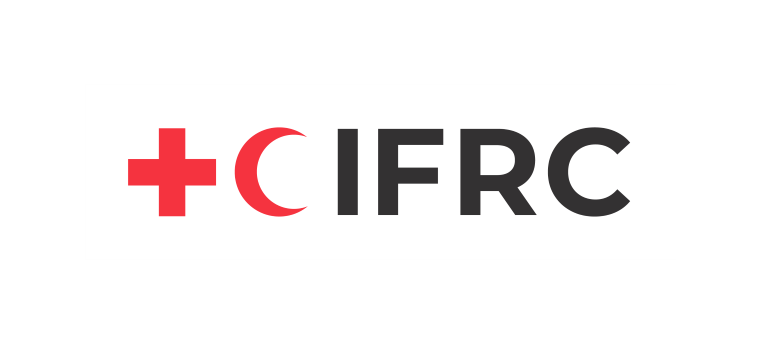Stage 2
Reference Sheet N
Knowledge management
Knowledge management 1
When you assist a community to collect information, it is useful to understand knowledge management concepts. The data you collect directly — primary data — become secondary data for the next person who uses or quotes your information. To make this distinction simple, we often refer to primary data collection and secondary data compilation. (For the importance of secondary data, see Reference Sheet G). When organizations select communities for partnership or resilience initiatives, they often rely on secondary data. Those organizing integrated risk assessments are strongly recommended to combine primary and secondary data.
Assessment data are qualitative or quantitative. A simple way to distinguish these concepts is to ask how the material you want to collect is best described. If it is best expressed as numbers, it is quantitative (cost, weight, temperature, distance, time). If it is best expressed as words, it is qualitative (colors, emotions, events, relationships). For an assessment, you may collect qualitative data (community perceptions) that you later quantify to generate a deeper analysis of trends, levels of consensus, etc.
Data collection methods can also be qualitative or quantitative. If the purpose is to gather facts and numbers of things or people, the collection method is considered quantitative; if the main purpose is to explore or understand, it is usually considered qualitative. The best assessments - mixed‑method assessments - usually combine the strengths of both.
Data collection methods
There are four main primary data collection methods:
- Interviews
- Group discussions
- Surveys
- Observation
The table below summarizes these and their goals, units of focus, common instruments, and approach.
Most assessments select key informants, chosen because they represent a particular perspective in or on the community. Interviews with them are called key informant interviews (KII). These interviews typically adopt a semi‑structured model, which includes at least two or three elements that can be compared across all the key informants relating to one community. Combining all KIIs provides an overview of the larger community. Interviews usually provide both quantitative and qualitative evidence (some facts and some reflections).
KIIs differ from survey interviews. Surveys are usually more formal. The interview sample (of individuals or households) is more strictly defined, and interviews typically use a questionnaire (the instrument), a list of carefully constructed questions
to each of which there is logically one answer (closed‑ended questions). Surveys are used to provide quantitative data. They can therefore increase the statistical rigor of an assessment. Not all surveys need to be lengthy or adopt a scientifically rigorous framework (random sampling, etc.). A well‑designed 10‑minute survey of an appropriate sample can provide very useful hard data even if respondents complete it themselves by hand or online.
The best‑known group‑based collection method is called a focus group discussion, FGD (See information on FGDs VCA toolbox with reference sheets) These gather together a group of individuals who have at least one interest or characteristic in common (the “focus”). For instance, they might be farmers, or female farmers, or single‑parent female farmers. The group is invited to discuss a topic, guided by a few open‑ended questions. This method creates purely qualitative data; it is not used to generate quantitative data or consensus. FGDs are not primarily interested in collecting individual opinions; their aim is rather to capture general attitudes or convergences/divergences of attitude within (subsets of) a community. FGDs are also good for brainstorming and generating ideas. FGDs can be conducted to help you design survey questionnaires or to understand survey results. Both are appropriate. While the FGD is a method, the topical outline of questions is your instrument. You might choose to do a ranking exercise (for example) during an FGD session, depending on your purpose or the product you need.
Direct observation is a critically important but often forgotten method (See information on direct observation in the VCA toolbox with reference sheets). Conducted separately from, or simultaneously with, the other three methods, observation validates what you hear with what you see. Structured matrices are often used to tabulate a wide variety of observations, from body language to numbers of livestock in a market or the quality of roofing materials. When they are collected systematically and independently by many volunteers at different places and times, observations provide additional quantifiable information. The instruments best suited for observation are multiple‑choice checklists.
Knowledge management 2
Data processing is an exciting part of risk assessment because it is during this stage that data become information, from which knowledge is produced. Data are most easily understood as small isolated facts (words or numbers). Information can be described as organized or ordered data. If data are like the pieces of a puzzle, information is what you get when you assemble or fit them together. Knowledge is produced when you compare information from several perspectives and draw conclusions based on the (divergent or convergent) insights they generate.
The term triangulation is commonly used to describe this effort to align perspectives (see Reference Sheet W). The table below provides examples of the three main elements of knowledge management.


The International Federation of Red Cross and Red Crescent Societies is the world's largest humanitarian network and is guided by seven Fundamental Principles: Humanity, Impartiality, Neutrality, Independence, Voluntary Service, Universality and Unity.
Follow IFRC
© The Global Disaster Preparedness Center 2024
